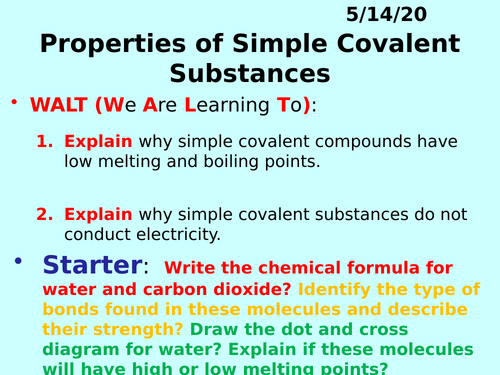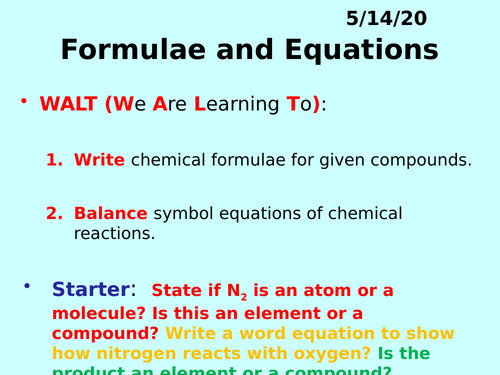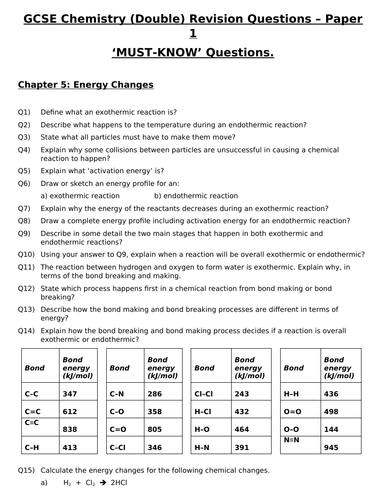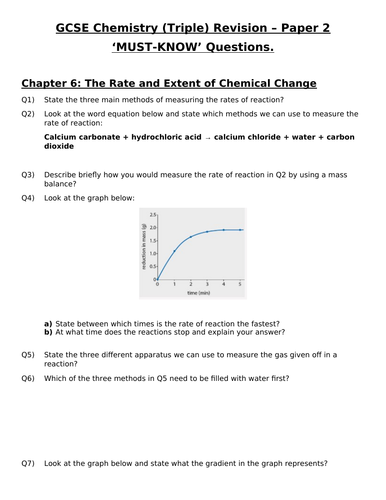Number1scienceteacher's Shop
Hi everyone, I'm a Science teacher who loves making and using my own resources. I have made hundreds of resources over the years which have been carefully planned. You will find my Powerpoints have their own style which you may not find in resources offered by other sellers. Please keep checking my shop as I'm regularly adding the hundreds of resources I have made for KS3 (All sciences), KS4 (All sciences) and KS5 (Chemistry). I hope my resources are useful to you and your students.




















